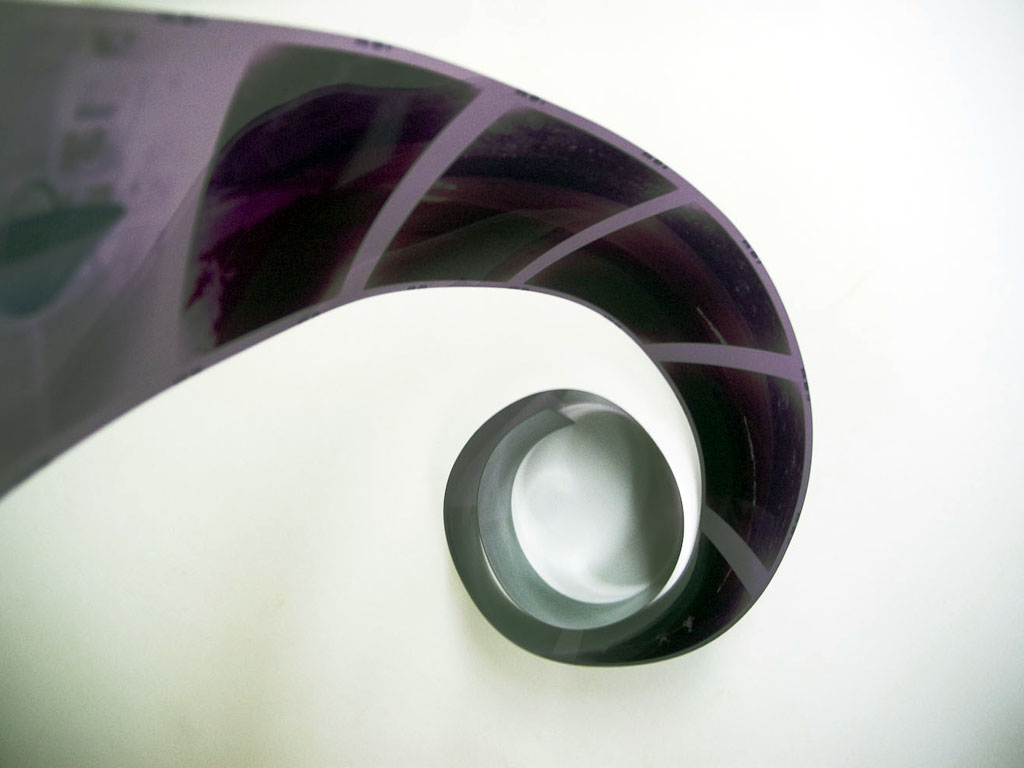One of the last things that you might consider when making a film is this thing called Aspect Ratio. Nonetheless, it is still plays an important role in a how a film is communicated and viewed by an audience. The most accurate and simplistic definition of Aspect Ratio that I could find was from Wikipedia that describes ‘the aspect ratio of an image [as] the proportional relationship between its width and its height’
It describes the proportions of the image and if these proportions are out of wack, then the image becomes distorted and no longer retains it’s original message. In standard high definition video you may have seen 16:9 before, which is the standard aspect ratio for this type of video and is used in majority of televisions today. However, films shown in cinemas have even larger ratios so they can be projected onto the big screens, 21:9.
When you watch movies at home, the reason you often see black bars, is because the 21:9 ratio for cinema has been converted into 16:9 so it can both fit on a D.V.D and be screened on a television. This retains the proportions of the screen so that the film is not distorted. So when you become frustrated and expand the screen to get rid of the black bars, you are effectively zooming into the film, losing both quality and the natural proportions of the image.
Aspect ratios exist and are important because they make sure a film is viewed in the correct proportional way, no one wants to be watching a film that is warped or misshaped in any way. If theres one thing about aspect ratios that you must be aware of, is not to film in portrait. Please save me from watching a film that has been filmed in portrait, unless that was your intention, but overall portrait may be great for photography… not for film!

